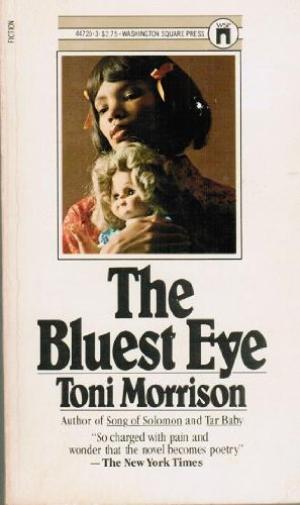 I’m writing so well today that I almost don’t mind what a total nightmare of unhappy blankness the weekend was. Almost. We use social media to connect and to trumpet our pretty times and political views. But what about when the turmoil lands so hard it’s impossible to leave the house or say even a word? These are heavy times—mercury retrograde eclipse season heavens raining vengeance upon us times (literally) and it doesn’t help at all that I’m channeling harder and deeper than I ever have but for my own work. Sometimes writing this book is like taking dictation from an Old Testament-style Cassandra. Other times it’s like listening to a noseybody neighbor run amok. Either way, it’s heavy pizza, man.
I’m writing so well today that I almost don’t mind what a total nightmare of unhappy blankness the weekend was. Almost. We use social media to connect and to trumpet our pretty times and political views. But what about when the turmoil lands so hard it’s impossible to leave the house or say even a word? These are heavy times—mercury retrograde eclipse season heavens raining vengeance upon us times (literally) and it doesn’t help at all that I’m channeling harder and deeper than I ever have but for my own work. Sometimes writing this book is like taking dictation from an Old Testament-style Cassandra. Other times it’s like listening to a noseybody neighbor run amok. Either way, it’s heavy pizza, man.
Yesterday was awfully nice in New York, or so I hear. I got dressed to go out and then found I simply couldn’t. Couldn’t cook, couldn’t talk, really couldn’t face all the brunchers and flaneuzies still writing the story they’re dying to tell their someday grandkids. In a sane society–and what a utopian concept that is just about now-there’d not only be a fully blown National Endowment for the Arts but a sort of coast guard for those of us drowning in the heaviness of our creative projects.


